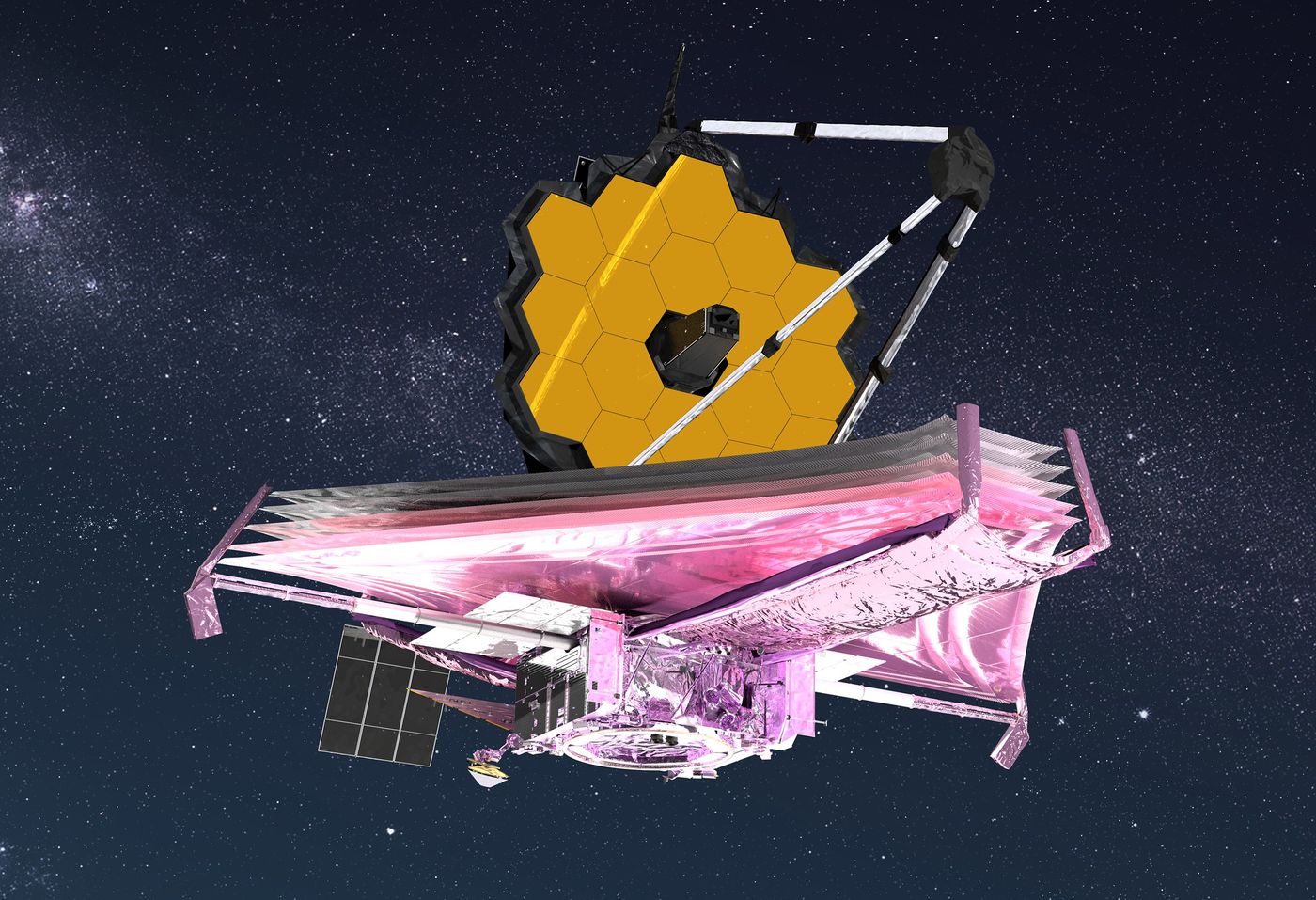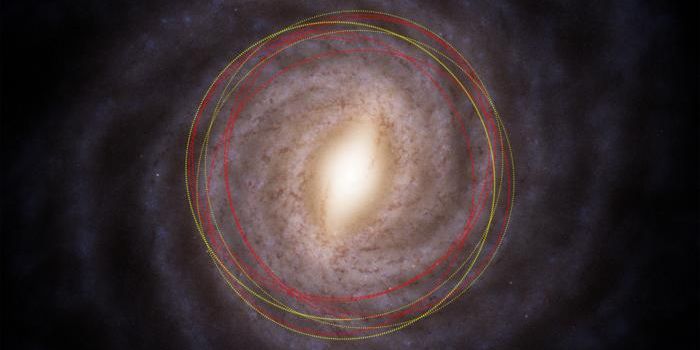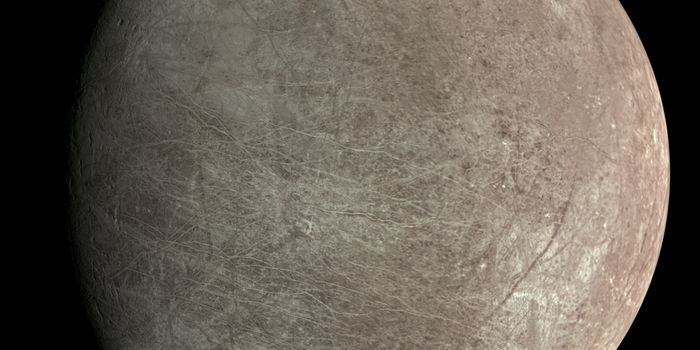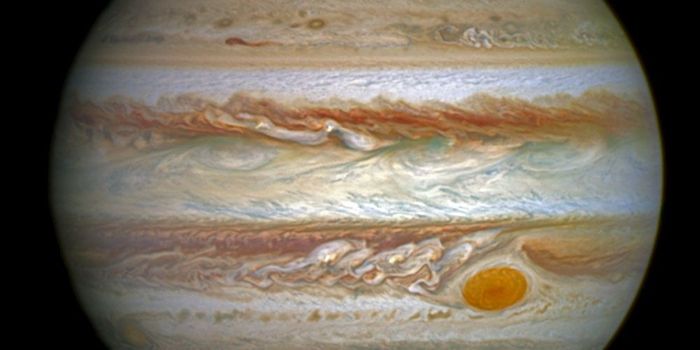James Webb Space Telescope Sees First Light
The $10 billion James Webb Space Telescope, launched on December 25, 2021, will soon become an operational observatory. The Webb is the successor to the Hubble Space Telescope, which has been in operation since 1990.
John Mather, a Nobel laureate and astrophysicist who works at NASA's Goddard Space Flight Center in Greenbelt, Maryland, notes that the images Webb will produce will be different than the images we are accustomed to seeing from Hubble. Hubble produces images in visible light and some infrared wavelengths, while the Webb telescope will mostly produce images in infrared, light that humans perceive as heat. By obtaining images in these wavelengths, astronomers will be able to see into and look through dust clouds. They will also be able to study the Universe’s first stars and galaxies and make incredible discoveries that we can’t possibly fathom at this time.
This past week, the Webb team began the first step in a three-month long process of aligning the telescope. The first photons of starlight were able to travel through the entire telescope and were detected by the Near Infrared Camera (NIRCam) instrument. Since this is very early in the process, the images are unfocused, and they will be fine-tuned over the next few months. The team notes that the initial results are quite promising, since they match expectations and simulations.
The telescope will be progressively aligned using data obtained with NIRCam by a team of engineers and scientists at Ball Aerospace, Space Telescope Science Institute, and NASA’s Goddard Space Flight Center. There are many steps that must be taken to prepare and calibrate the telescope to obtain scientific images; the process consists of seven phases over the next three months.
You can learn more specific details about each step on NASA’s blog.
The telescope’s mirror is made up of 18 hexagonal segments that must work together as a single high-precision primary mirror. These mirrors must be very precisely adjusted, such that they are within a fraction of a wavelength of light – or approximately 50 nanometers. NASA officials put this into perspective: if the entire primary mirror was the size of the United States, the segments would be the size of Texas, and the height of these segments must all be within 1.5 inches (3.8 cm) of each other. Thus, this is a much more complicated commissioning process than any other space telescope in history and will take a fair amount of time.
This alignment is not the final step in the process to the Webb becoming fully operational. Additionally, the team will also need to calibrate and commission the telescope’s four science instruments. The team expects this work to be completed this upcoming summer, and then Webb can finally begin its science mission.
Astronomers have been anxiously awaiting the first science images from the James Webb Space Telescope for decades. It looks like after many years of unexpected delays, we may soon be able to appreciate new views and secrets of the Universe that the Webb will surely unveil.
You can follow along with the commissioning of the telescope with live updates provided by Space.com.
Sources: Space.com, Space.com, blogs.nasa.gov









